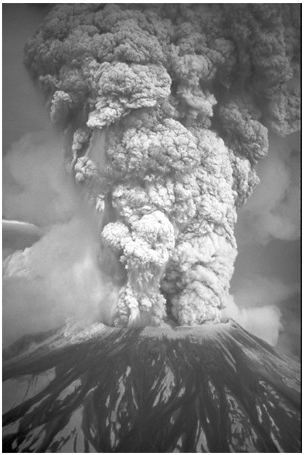Which of the following is a correctly described part of the hydrologic cycle?
A. Most groundwater forms when water on the surface infiltrates into the ground.
B. Raindrops form through the process of evaporation.
C. Movement of water is restricted to rainfall and rivers.
D. Precipitation refers to minerals coating sand grains with natural cement.
E. None of these choices are correct.
Answer: A
You might also like to view...
Just after an alpha particle leaves the nucleus, would you expect it to speed up? Why?
A. Yes. Once the alpha particle leaves the nucleus, there are no more forces acting on it and it therefore accelerates. B. No. As the alpha particle leaves the nucleus, it is slowed by the constant attraction of the electrons surrounding the nucleus. C. Yes. Once the alpha particle leaves the nucleus, it accelerates because of mutual electric repulsion with the nucleus from which it escaped. D. No. Once the alpha particle leaves the nucleus, it is slowed by the repulsion of the next closest atom's nucleus.
Scientists associated with the IPCC report are concerned that significant climate change in less than a hundred years will cause major long-term harmful effects called climate _________.
Fill in the blank(s) with the appropriate word(s).
The type of volcanic eruption shown in this photograph is

A) a lava fountain.
B) collapse of a volcanic dome.
C) a fissure eruption.
D) a pyroclastic column.
E) a volcanic mudflow.
When a single species evolves into two species, the new species must
A) be reproductively isolated. B) evolve different diets. C) be exposed to the same selective pressures. D) live on a different continent.